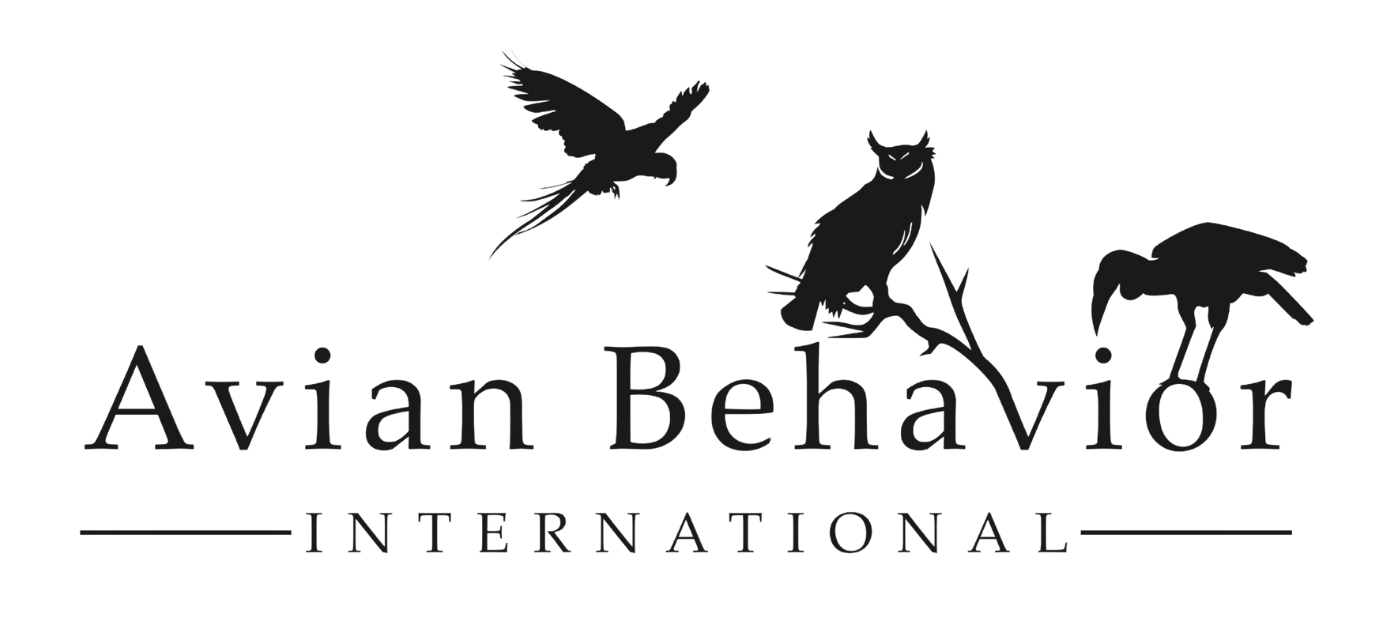17 Sep Condors, Vultures, and the Pecking Order at the Carcass
f you’ve ever watched a carcass feeding, you know it’s not a free-for-all. It looks chaotic from a distance, but up close there’s a very clear structure — a distinct role and order of feeding for each species. And if you’re a condor or another large vulture, you often get to play the bully.
Natural History Shapes Behavior
Condors, king vultures, and other big scavengers use their size and dominance to muscle smaller species out of the way. They’re built for it: massive frames, powerful beaks, and the confidence to take what they want. Meanwhile, smaller vultures hang back or wait for an opening, knowing their turn will come later. Even African and Asian vultures, which are not related to vultures in the Americas (crazy, I KNOW! Nature needs a scavenger!), have a distinct order of go, as it were, in how the species interact at a feeding.
This natural history matters in training. When we understand the ecological “pecking order,” we start to see how behaviors are naturally reinforced. Displacement, posturing, even rushing food — these strategies pay off at a carcass. If we’re not careful with our mechanics, we can end up reinforcing those same strategies in training.
Why Mechanics Matter
Behavior around food can be intense, even when the bird isn’t hungry. A poorly timed bridge, a reinforcer delivered too close to the body, or inconsistent spacing can accidentally reward the very behaviors we don’t want. With condors and vultures, clarity matters. Predictable loops, consistent reinforcement, and careful trainer posture all help keep the session smooth.
I talk about this often with my colleague @eaglefalconer, who works with golden eagles and founder of the Golden Eagle Partnership. The parallels are striking. When you really dig into natural history, you realize how much of training is about respecting the behaviors these birds evolved to survive — and working with them instead of against them.
See It Up Close
Reading about it is one thing. Watching it unfold in person is another. At Avian Behavior Conservancy, our condor Suyana and our vultures Dallas, Huxley, and Rio show just how powerful these dynamics can be. Seeing them up close changes the way you think about “scavengers” forever.
Come visit us for a tour or one of our experiences, and you’ll walk away with a whole new appreciation for condors, vultures, and the intricate order of the carcass.
[Book an Experience ]

